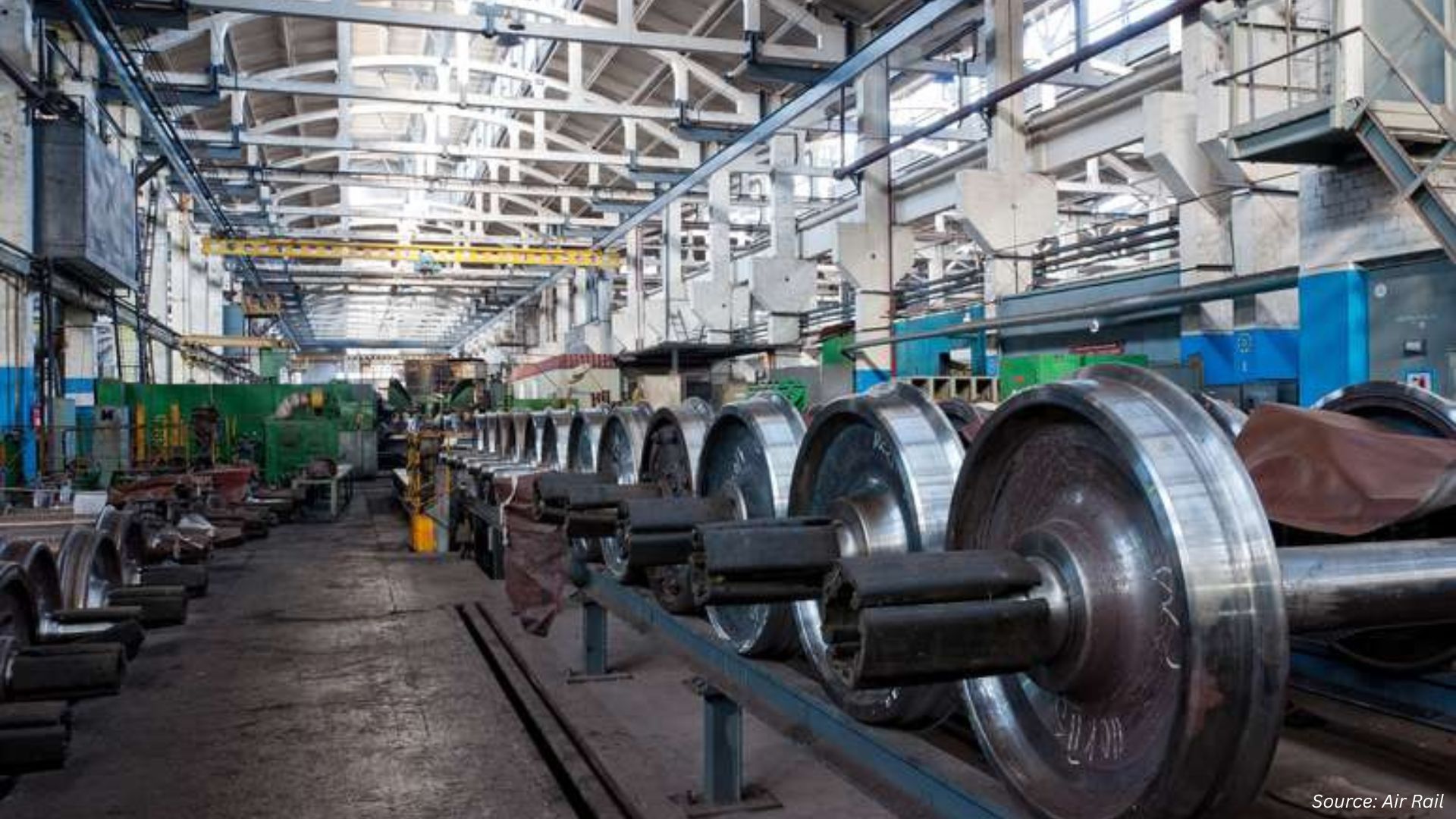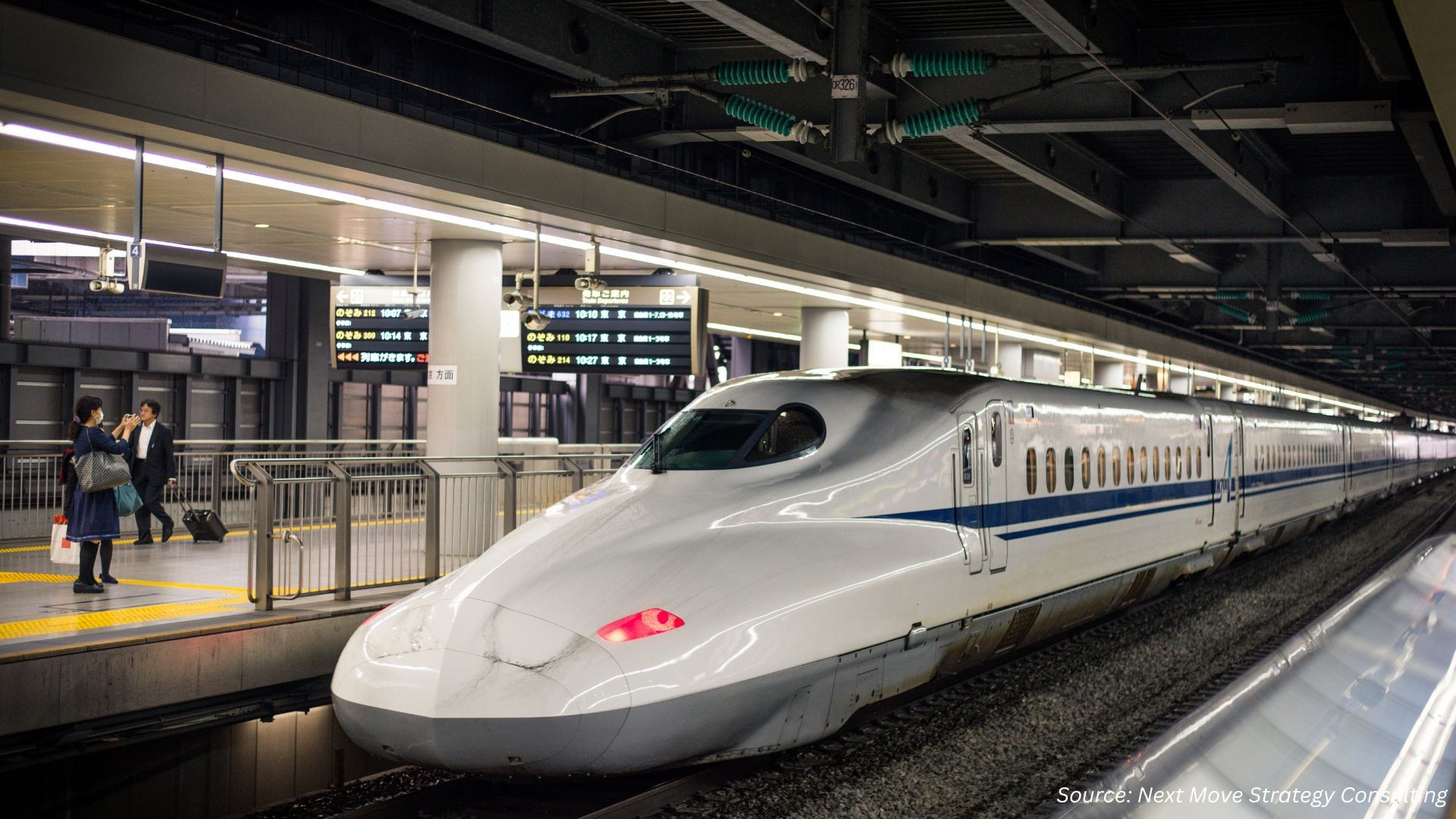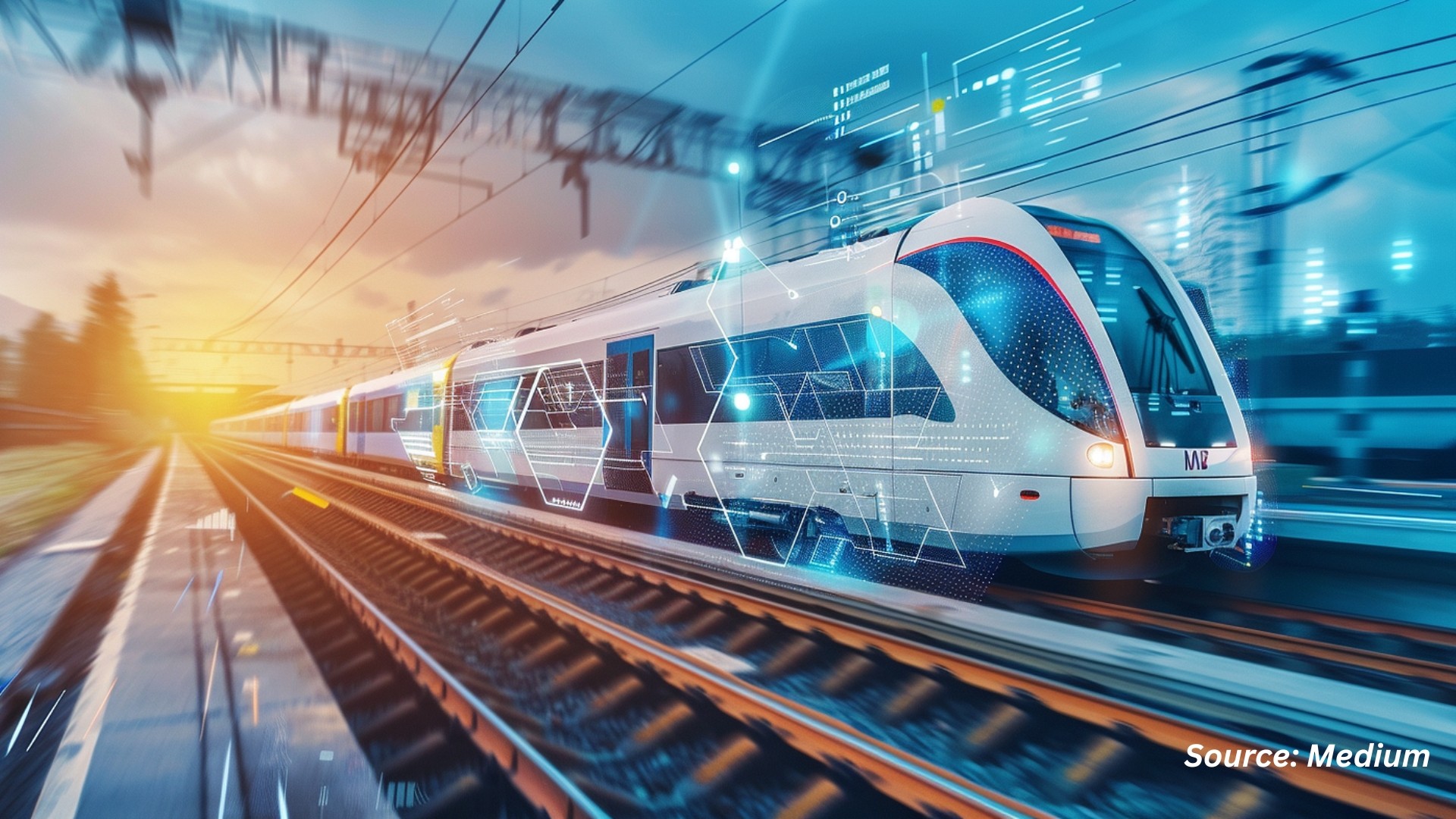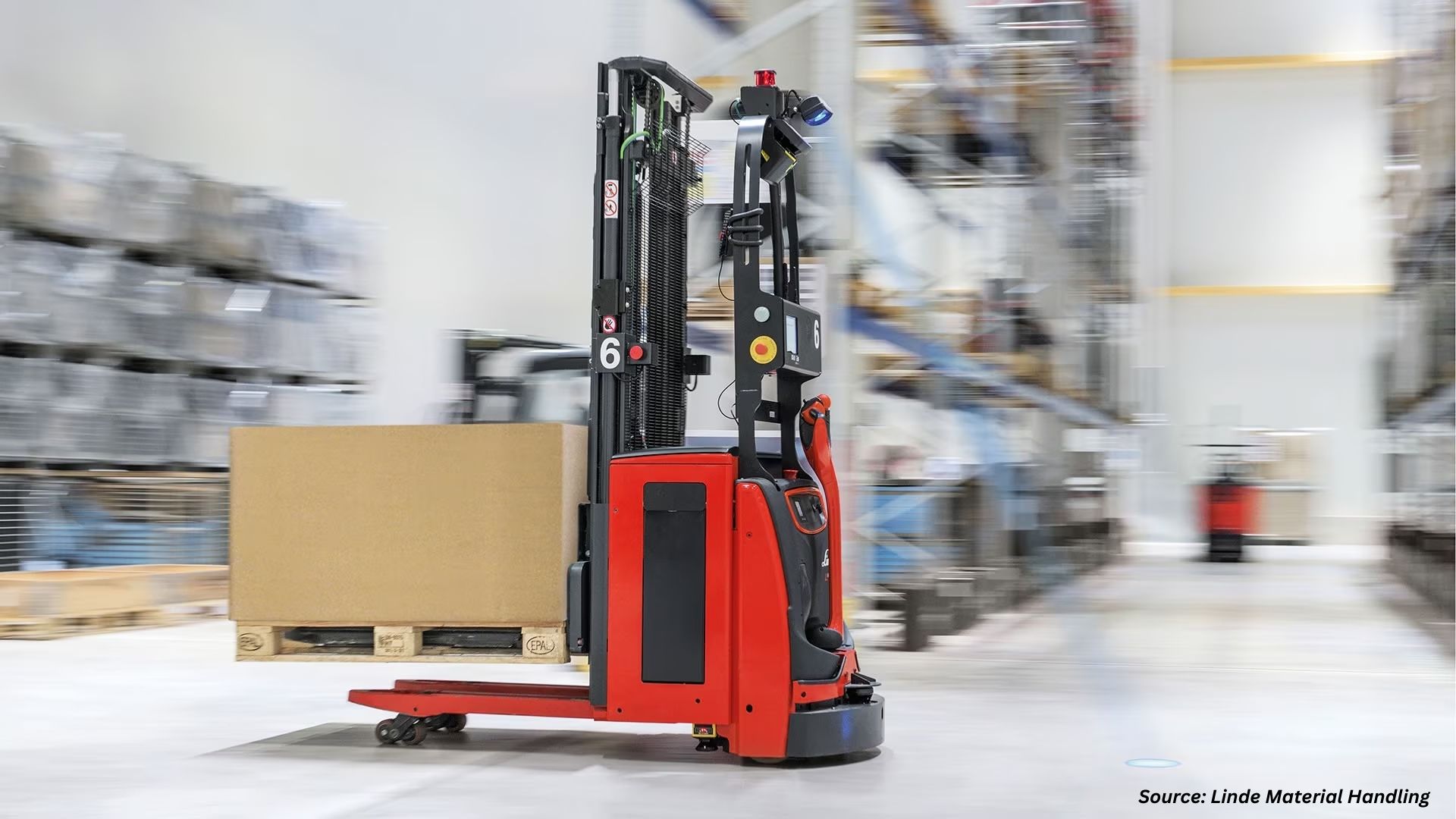Railway Equipment Market: Tech & Consolidation Shift
Published: 2025-09-24

What are the two recent, concrete developments shaping the market right now?
Two clear, source-backed moves are visible:
-
A strategic acquisition: Sona BLW Precision Forgings agreed to acquire Escorts Kubota’s Railway Equipment Division (RED) for an enterprise value of around USD 192 million. In FY24, RED reported revenues of approximately USD 114 million and an EBIT of about USD 21 million.
-
A technology solution improving on-track reliability: LaserTrain, a non-abrasive, chemical-free railhead cleaner, claims one pass can improve coefficient of friction for up to 24 hours, operates at speeds up to 120 km/h, and is reported to have helped clients cut slip-slide events by 66%, delays by 70%, and wheel-maintenance costs by up to $1.6 million per year in case studies.
Consolidation (M&A) and field-proven cleaning technology are both active, measurable forces reshaping rail equipment demand and operations in 2024–25.
-
Acquisition: The acquisition values Escorts Kubota’s Railway Equipment Division (RED) at approximately ₹16.0 billion (USD 192 million). In FY24, RED generated revenues of about ₹9.5 billion (USD 114 million) and delivered an EBIT of nearly ₹1.79 billion (USD 21 million).
-
Technology: LaserTrain features and reported operational benefits (24 hours friction improvement; 120 km/h; large % reductions).
Why does the Sona BLW acquisition matter for suppliers and buyers?
The acquisition integrates a market leader in railway components, particularly in brakes and suspension, into Sona BLW’s portfolio, thereby expanding its scale and product range. RED’s FY24 financial performance, with approximately Rs 950 crore in revenue and Rs 179 crore in EBIT, highlights both a strong revenue base and positive earnings contribution, making the transaction immediately accretive for the acquirer. For buyers such as rail operators and OEMs, the consolidation offers the advantage of simplified procurement through access to a broader portfolio, though it may also lead to increased supplier concentration and stronger bargaining power on the vendor side. For suppliers, this move underscores that railway components continue to be viewed as strategically significant assets within the mobility sector, reflecting a broader trend of vertical diversification. Overall, the deal accelerates industry consolidation while reshaping competitive dynamics among component suppliers and system integrators.
How Are Cleaning and Diagnostics Technologies Changing Operational Performance?
According to a recent supplier case study, LaserTrain is positioned as a systems-level solution designed to minimize contamination risks and enhance wheel-to-rail adhesion. The technology effectively removes leaf debris, rust, and oil from the railhead, directly addressing one of the most common causes of slip and signal issues. A single cleaning pass is reported to improve the coefficient of friction for up to 24 hours, while its operational capabilities allow cleaning at speeds of up to 120 km/h, with the container model capable of covering as much as 200,000 km per season. Documented client outcomes include a 66% reduction in slip-slide events, a 70% decrease in delays, and annual wheel-maintenance savings of up to $1.6 million. Together, these results demonstrate how laser-based railhead cleaning and sensing offer both operational improvements and significant cost-avoidance benefits.
What Do These Developments Mean for Procurement, Maintenance, and Risk Management?
-
Procurement teams should balance the value of integrated suppliers (after acquisitions) against the agility of specialist vendors. The Sona BLW deal illustrates how component makers can become strategic one-stop providers.
-
Maintenance and operations teams should assess the total cost of ownership: technologies such as LaserTrain reduce recurring maintenance and delay-costs but require upfront investment or lease decisions. LaserTrain is available for lease or purchase and offers support packages.
Operators should consider combined strategies — selective M&A sourcing for core components and targeted technology deployment (cleaning + sensors) to lower operational risk.
-
Consolidation can simplify long-term sourcing but may reduce supplier diversity.
-
Proven cleaning tech can cut delays and maintenance costs, improving service metrics.
Quick comparison: Acquisition versus technical deployment (table)
|
Development |
Key facts |
|
Sona BLW acquisition of RED |
Enterprise value: ~USD 192 million; RED FY24 revenue: ~USD 114 million; EBIT: ~USD 21 million. |
|
LaserTrain cleaning tech |
Removes leaf debris/rust/oil; one pass → friction improved up to 24 hours; cleans up to 120 km/h; 66% slip-slide reduction claim. |
Takeaway: One is a financial consolidation event that changes market structure; the other is an operations technology that changes day-to-day reliability.
What is Next Move Strategy Consulting’s point of View?
Consolidation and operational technologies serve as complementary forces in the railway equipment market, with acquisitions enhancing scale and supply-chain reach while operational technologies deliver immediate service improvements. To maximize value, buyers and operators should adopt a dual-track approach that secures predictable supply through strategic suppliers while simultaneously piloting operational technologies capable of producing measurable key performance indicators such as improved on-time performance and reduced delays. From a risk management perspective, the focus should remain on structured pilots backed by vendor-verified metrics and designed with a clear path to scalability.
Next Steps — Actionable Takeaways
Organizations should begin by validating vendor claims through structured pilots, deploying LaserTrain on selected routes and closely monitoring friction, delay, and maintenance key performance indicators. At the same time, they need to model the total cost of ownership over a three- to five-year horizon, factoring in the financial impact of acquisitions, supplier consolidation risks, and potential savings from operational technologies. Procurement teams should negotiate performance-linked contracts, ensuring that both component suppliers and technology vendors commit to measurable outcomes such as delay reduction or maintenance savings tied directly to fees or lease terms. Finally, operators should consistently track and benchmark key performance indicators reported by pilot partners, including on-time performance, slip-slide events, and maintenance costs, to confirm the return on investment and refine scaling decisions.
Conclusion
The railway equipment market is entering a new phase where consolidation and technology go hand in hand. Deals like Sona BLW’s acquisition boost scale, while innovations like LaserTrain drive efficiency and reliability. The future belongs to operators who embrace both - securing strong supplier partnerships and adopting proven tools that cut costs and improve performance.
About the Author
 Joydeep Dey is a seasoned SEO Executive, Content Writer, and AI expert with over 2½ years of experience in digital marketing and artificial intelligence. He specializes in SEO strategy, impactful content creation, and developing data-driven, AI-powered solutions that enhance online visibility and engagement. With a strong foundation in natural language processing and emerging AI technologies, Joydeep is known for simplifying complex concepts into clear, actionable insights
Joydeep Dey is a seasoned SEO Executive, Content Writer, and AI expert with over 2½ years of experience in digital marketing and artificial intelligence. He specializes in SEO strategy, impactful content creation, and developing data-driven, AI-powered solutions that enhance online visibility and engagement. With a strong foundation in natural language processing and emerging AI technologies, Joydeep is known for simplifying complex concepts into clear, actionable insights
About the Reviewer
 Sanyukta Deb is a skilled Content Writer and Digital Marketing Team Leader, specializing in online visibility strategies and data-driven campaigns. She excels at creating audience-focused content that boosts brand presence and engagement, while also pursuing creative projects and design interests.
Sanyukta Deb is a skilled Content Writer and Digital Marketing Team Leader, specializing in online visibility strategies and data-driven campaigns. She excels at creating audience-focused content that boosts brand presence and engagement, while also pursuing creative projects and design interests.
















Add Comment